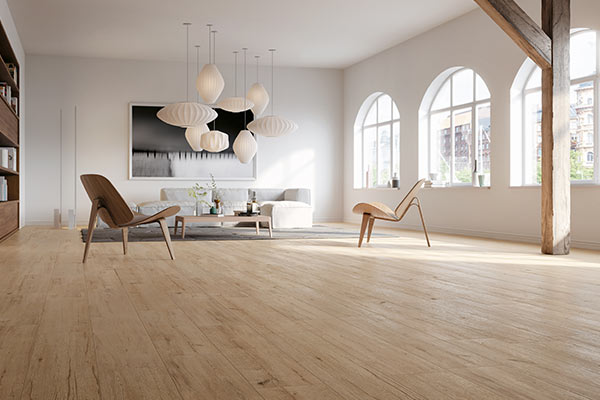Imagine waking up on a chilly morning, stepping out of bed, and instead of a cold floor beneath your toes, you’re greeted by a soothing warmth that feels like a hug for your feet. That’s the magic of heated floors. While they were once considered a luxury reserved for high-end homes, heated floors (also known as radiant floor heating) are now an accessible, practical, and cozy upgrade for any home.
Here’s why you should consider making heated floors an investment.
Comfort at Its Core
The biggest reason homeowners choose heated floors is comfort. Traditional heating systems rely on forcing warm air through ducts or radiators, which often leaves uneven temperatures across a room. Radiant floor heating, however, evenly distributes warmth from the ground up. This eliminates the “cold spots” you might feel with other systems, giving you consistent comfort no matter where you are in the space.
And it’s not just about warmth underfoot. Radiant heat feels natural and cozy because it warms the objects in the room, not just the air. Whether you’re lounging in your living room or stepping out of the shower in your bathroom, the comfort is undeniable.
Energy Efficiency You Can Feel Good About
Beyond the luxurious feel, radiant floor heating offers a surprising benefit, energy efficiency. Because the heat rises evenly from the floors, you can maintain a comfortable temperature while setting your thermostat lower. This can help reduce your energy use over time.
Studies show radiant heating systems have the potential to be 15–20% more efficient than traditional forced-air systems. Plus, since this system operates without the use of ductwork, you avoid the energy lost through leaks, which is a common issue with central heating systems. Not only does this make heated floors an eco-friendly upgrade, but it might also lower your utility bills in the long run.

Where Can You Install Them?
Heated floors are versatile and can be installed in many areas of your home. Here are some popular options:
- Bathrooms: No more cold tile when stepping out of the shower.
- Kitchens: Spend quality time cooking or dining without chilly feet.
- Basements: Combat the naturally cold environment of lower levels.
- Living Rooms: Make your family time cozier with warm, inviting floors.
While tile and stone are the most common materials for radiant heating, this system also works well with laminate, engineered wood, and even some carpets.
Addressing Installation & Cost Concerns
One question many homeowners ask is, “What’s the cost?” The upfront cost of installing heated floors can vary depending on whether you use an electric or hydronic (water-based) system. Electric systems are generally more affordable to install and ideal for individual rooms, like a bathroom or kitchen. Hydronic systems, while more expensive initially, are better suited for heating larger areas or entire floors.
Installation typically involves laying heating elements beneath your floor, which is easiest during a remodel or new construction. However, many contractors offer retrofitting options for existing spaces, so it’s worth exploring even if you’re not planning major renovations.
Another key point? Radiant floors require little maintenance once installed, making them a long-term, hassle-free upgrade.
Conclusion
Whether you’re looking to improve everyday comfort, enhance your home’s energy efficiency, or simply add a touch of luxury, heated floors are a smart, stylish solution. From cozy mornings in your bathroom to welcoming warmth in your living spaces, the benefits are tangible every time you step foot inside your home.
If you’re considering an upgrade, now is a great time to explore radiant floor heating. Reach out to a local contractor or heating specialist to discuss your options and bring this cozy upgrade to life. You and your feet will thank you!

